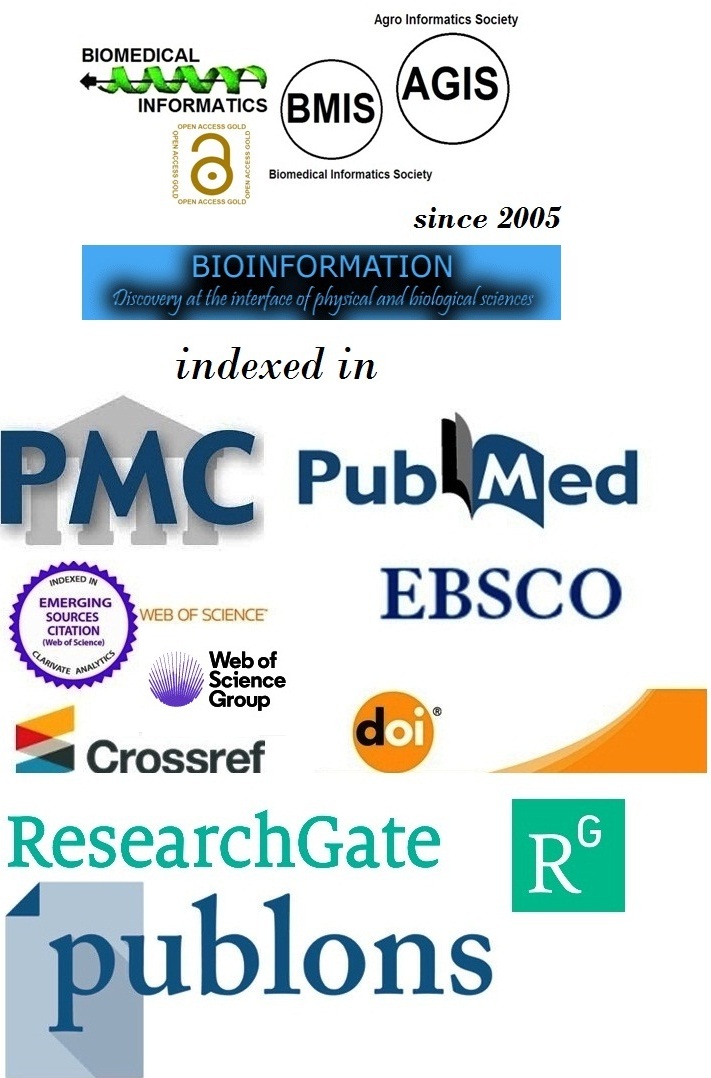Title
Formulation, evaluation and antimicrobial effect of herbal disinfectants
Authors
Payala Vijayalakshmi1,*, Sarada Vadlamani2 & Nitin Mohan3
Affiliation
1Department of Microbiology, GITAM Institute of Medical Sciences and Research (Deemed to be University), Rushikonda, Visakhapatnam-530045, Andhra Pradesh, India; 2Department of Community medicine, GITAM Institute of Medical Sciences and Research (Deemed to be University), Rushikonda, Visakhapatnam-530045, Andhra Pradesh, India; 3Department of Microbiology, Central Laboratory Institute of Medical Sciences and SUM Hospital -III, SOA (Deemed to be University), Sitalapalli, Narendrapur – 760007, Ganjam, Odisha, India; *Corresponding author
Payala Vijayalakshmi - E - mail: vpayala@gitam.edu
Sarada Vadlamani - E - mail: svadlama@gitam.edu
Nitin Mohan - E - mail: nitinmohan07@gmail.com
Article Type
Research Article
Date
Received April 1, 2025; Revised April 30, 2025; Accepted April 30, 2025, Published April 30, 2025
Abstract
The cost-effective herbal disinfectant formulations from indigenously available plants with their potential antimicrobial activity against hospital-derived microbial flora are of interest. Hence, a total of six herbal disinfectant formulations were prepared with indigenously available plants and tested for the antimicrobial activity using a standard protocol. The results show that Citrobacter koseri isolated from the Ophthalmology ward showed the highest sensitivity to Acacia nilotica herbal disinfectant and the inhibition zone identified was 35mm higher than standard tested antibiotics. Chemical composition analysis of Acacia nilotica, Moringa oleifera, and Senna alata herbal formulations using qualitative and FTIR methods showed the presence of various bioactive compounds contributing to their antimicrobial activity. Thus, the promise for advancing infection control practices in addressing the challenges of antimicrobial resistance in healthcare settings is evident.
Keywords
Antimicrobial activity, fourier transform infrared spectroscopy (FTIR), herbal formulation, plants, scanning electron microscopy (SEM)
Citation
Vijayalakshmi et al. Bioinformation 21(4): 740-747 (2025)
Edited by
P Kangueane
ISSN
0973-2063
Publisher
License
This is an Open Access article which permits unrestricted use, distribution, and reproduction in any medium, provided the original work is properly credited. This is distributed under the terms of the Creative Commons Attribution License.
